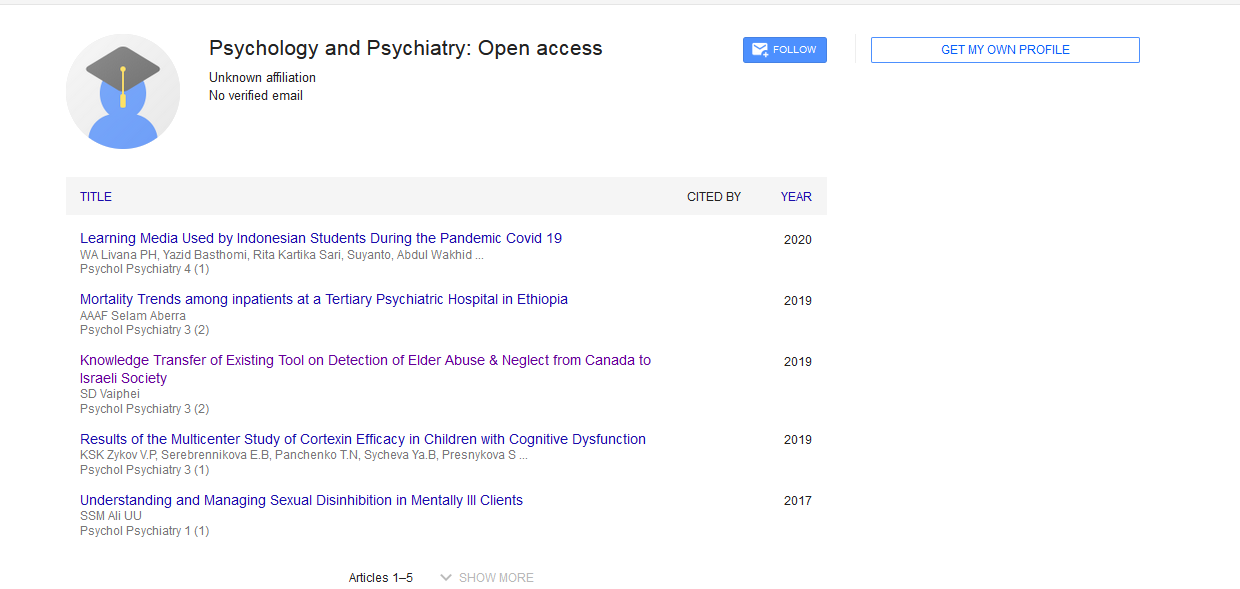Neuro-inflammation in temporal lobe epilepsy
*Corresponding Author:
Copyright: © 2020 . This is an open-access article distributed under the terms of the Creative Commons Attribution License, which permits unrestricted use, distribution, and reproduction in any medium, provided the original author and source are credited.
Abstract
Amongst other effects, an epileptic seizure induces an immune reaction in brain and periphery. It is admitted that inflammatory responses participate to epileptogenesis, however their role are still not well known. We attempt to clarify the immune response to a human seizure using tissue from patients with a defined, intractable epileptic syndrome: temporal lobe epilepsy with hippocampal sclerosis. Microglia, the immune cells of the brain, have a controversial role in epilepsy. By adopting an anti-inflammatory phenotype, they may protect neurons and repair local damages but may also exacerbate pathological activities. In the temporal lobe, the degree of neuronal loss, gliosis and the excitability of remaining neurons differ between the CA1 and CA3 regions the dentate gyrus (DG) and the subiculum. In sclerotic regions (CA1 and CA3), amoeboid microglia predominate (30-40% of microglia), are rapidly activate under purinergic stimulation (5-8 min), express inflammatory markers as MHCII and are associated with an IL-10 regulation of microglia’s transcripts. However, in less sclerotic regions (Subiculum) most microglia are ramified (35-40%), respond slower to purine activation (10-15 min) and are associated with a microglia’s transcript regulation by proinflammatory cytokines as IL1. Independently of the area, the rapid, local and transient innate immune response following a seizure is mediated in part by microglia and associated with the release of inflammatory cytokines such as IL-1B and the chemokine IL-8. Chronic inflammatory processes observed in epilepsy could be the consequence of a synergy between peripheral immune cells and microglia. Interestingly, we observed an infiltration of T lymphocytes, namely cytotoxic CD8+ lymphocytes that correlated with neuronal death. Neutrophils, key cells of the innate response, are also found in the brain associated with a recent seizure. Infiltration of peripheral immune cells could exacerbate the neuro-inflammation inducing tissular but also vascular damages known to be epileptogenic.

 Spanish
Spanish  Chinese
Chinese  Russian
Russian  German
German  French
French  Japanese
Japanese  Portuguese
Portuguese  Hindi
Hindi 